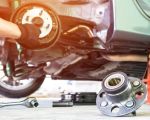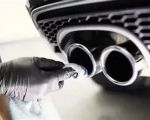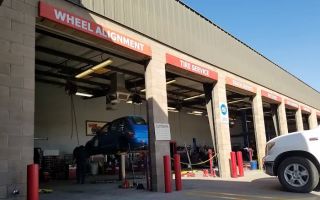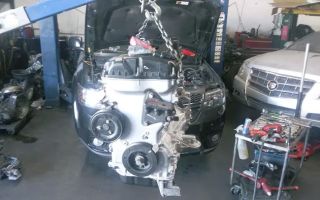Best Guide on Replacing a Car’s Timing Chain | Step-by-Step Process
Published on May 19, 2025Auto Repair Shops Near Me
Recommended

Tips for Maintaining Your Car's Window Channels for Smooth and Safe Operation
Learn practical and professional tips for maintaining your car's window channels to improve window performance, prevent damage, and ensure a smoother driving experience.
Nov 21, 2025
The Importance of Checking Your Wheel Bearing Noise for Safe Driving
Learn the importance of checking your wheel bearing noise, how to spot early warning signs, and when to seek help so you can keep your vehicle safe and reliable on the road.
Nov 21, 2025
How to Clean and Restore Your Car’s Exhaust Tailpipe Polish
Learn how to clean your car’s exhaust tailpipe and perform a full polish restoration. Detailed steps, real-owner stories, and expert-style recommendations for long-lasting shine.
Nov 21, 2025
Common Problems with Car Seat Recliner Mechanisms and How to Fix Them
Learn the most common problems with car seat recliner mechanisms, why they fail, and how to diagnose and fix recliner issues safely with practical guidance.
Nov 21, 2025
What to Do If Your Car’s Roof Rack Whistles While Driving
Learn what to do if your car’s roof rack whistles, why the noise happens, and practical steps to fix it. Discover expert tips and product suggestions to keep your drive quiet and comfortable.
Nov 20, 2025
Understanding Your Car's Canister Vent Valve Gasket for Better Performance
Learn about your car's canister vent valve gasket, how it works, signs of failure, and what to do when problems occur. Improve vehicle performance with proper maintenance.
Nov 20, 2025Related Categories
Popular

Emergency Vehicle Towing Guide for Miami: What You Need to Know
Jan 24, 2025
The Best All-Season Tires for Your Car in 2025: Top Picks for Every Driver
Mar 07, 2025
How Towing Services Can Help with Engine Overheating: Immediate Assistance When Your Engine Runs Hot
Jan 24, 2025
How to Safely Use Towing Services for Vehicles with Dead Batteries
Jan 24, 2025
Comprehensive Guide to Roadside Emergency Services: Towing, Car Rescue, and More
Feb 24, 2025
Flatbed Towing vs. Traditional Towing in Chicago: Which is Right for Your Vehicle?
Jan 22, 2025
Reliable Towing for Electric Vehicles in Madison: Your Trusted Roadside Assistance
Jan 24, 2025
What to Do After an Accident in San Francisco: A Step-by-Step Guide
Jan 22, 2025
Why You Should Always Carry Roadside Assistance Coverage: The Key Benefits and Importance
Jan 24, 2025












